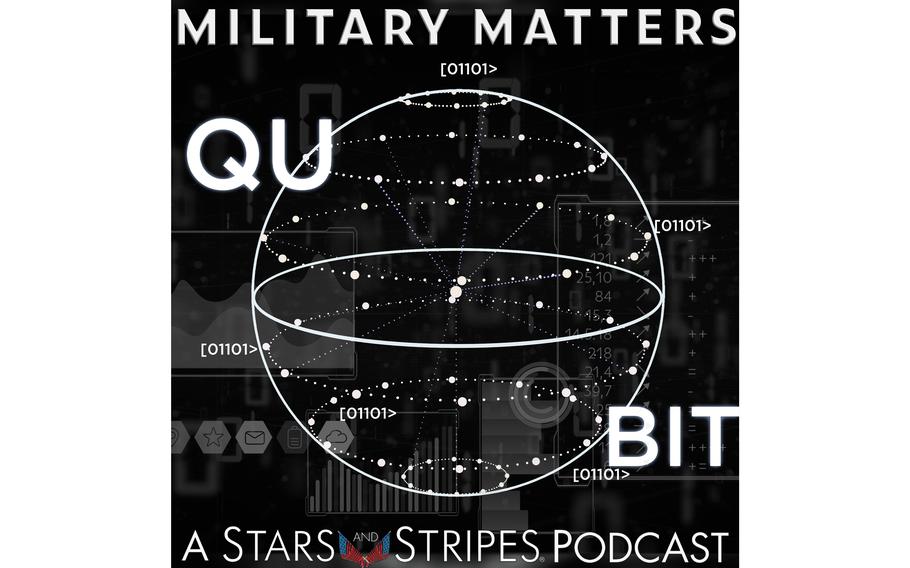
(Stars and Stripes)
Quantum mechanics has been in the popular consciousness for a while, from the TV show “Quantum Leap” to modern-day superhero movies. But can quantum computers make the leap from science fiction to the defense industry?
Dr. Joe Altepeter, a program manager in the Microsystems Technology Office at the Defense Advanced Research Projects Agency, or DARPA, is helping make quantum computers are reality. In this episode of Military Matters, host Rod Rodriguez speaks with Altepeter about why quantum technology could be completely transformative — or useless.
“The best minds that I know put quantum computers’ impact somewhere between totally useless and completely transformative,” he said.
First, what is a quantum computer, and how is it different from a standard computer?
“I think most people are familiar with the computers we use every day that run our cellphones and our laptops. And at a basic level, they start with zeros and ones, what we call bits, and those are just a zero and a one, a yes or a no,” Altepeter said. “Quantum computing is all about, well, what if we were able to build these as quantum objects, which means instead of just answering yes or no, they can be maybe, or they can be lots of different flavors of maybe. And in a very real way, these computers can exist in multiple states all at the same time, kind of doing a computation in parallel.”
Altepeter then gave an example of what a quantum computer could be used for: making ammonia for fertilizer.
“Right now it might surprise you that we actually spend somewhere between 1 and 2% of the entire global energy supply — not like the Washington, D.C., energy supply, but earth’s energy supply — just smashing together nitrogen and hydrogen under incredibly high temperatures and incredibly high pressures to make ammonia, to make fertilizer, to make plants grow,” he said.
The hope would be to use a quantum computer to figure out how to do this without using such a tremendous amount of energy.
“Plants grew before humans were around to make fertilizer, and they do it using an enzyme called nitrogenase,” Altepeter said. “But it turns out, even though this enzyme has been known for a hundred years, people still don’t understand the fundamental reaction mechanism at its core, which involves something called the iron molybdenum complex or FeMoco for short. And this group at Microsoft published a paper saying, well, the key thing we don’t have is the ability to calculate the energy of the ground state, kind of like the most relaxed state of that piece of this bigger molecule. And if we could do that thousands of times in concert with a classical supercomputer, we could understand what’s really going on — kind of see a piece of nature we’ve never been able to see before.”
You can find Military Matters on Twitter @stripesmmpod.
Follow Rod Rodriguez on Twitter @rodpodrod.
A transcript of the episode can be found here.
Go to www.stripes.com, use promo code PODCAST and save 50% on your digital subscription.